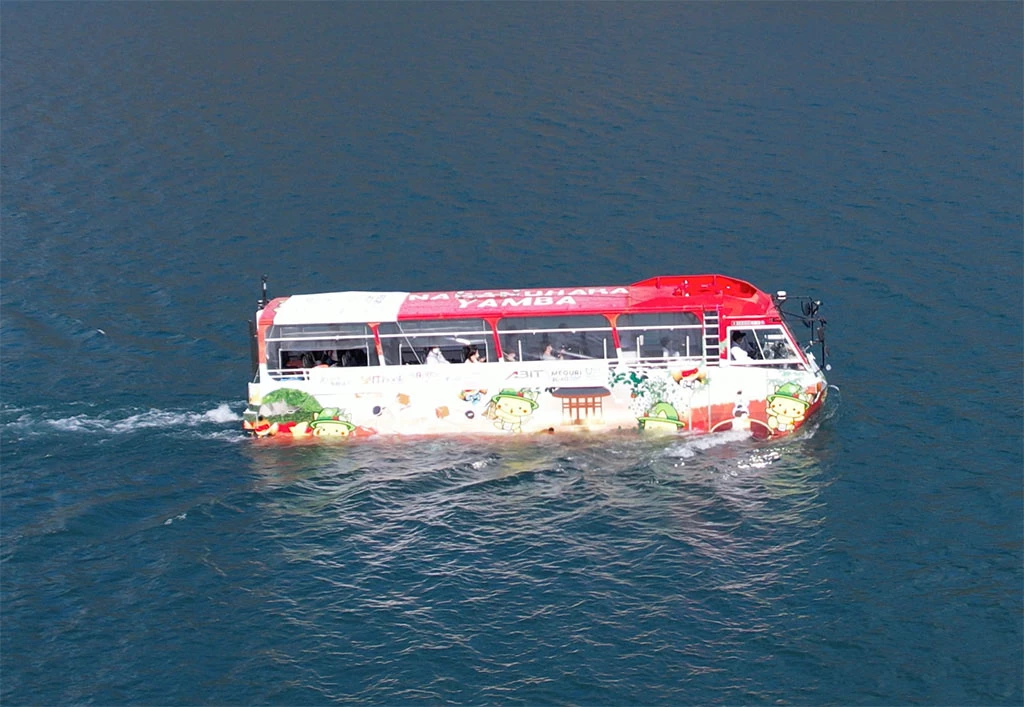Piloting a large ship through a heavy traffic area is no joke; there can be a huge number of hazards to keep track of, each traveling with its own speed and trajectory, and large ships are so slow to respond to control inputs that decisions need to be made well in advance.
In general, the shipping industry has a pretty good safety record, and one that's made impressive progress in the last 30 years or so. But according to Allianz, there are still some 3,000 "shipping incidents" a year, leading to somewhere around 50 large ships being totally lost annually – and only about a fifth of those are due to extreme weather events. Given the enormous losses involved, financial and otherwise, the sector can still stand to do better.
Autonomous technology may well prove to be the answer. Equipped with superhuman sensor arrays, multidirectional vision and deep-learning software capable of labeling, tracking and predicting the movements of large numbers of other vessels in a chaotic but slow-moving environment, autonomous ships could end up proving safer, cheaper, more precise and easier to find than their human counterparts.
Japan's Nippon Foundation began funding a diverse series of fully autonomous shipping demonstrations back in June 2020, and the consortia in question has already delivered some impressive results thus far. One group ran a 7-hour journey of an autonomous 222-m (728-ft) car ferry, complete with high-speed navigation up to 26 knots (50 km/h/30 mph), and automatic berthing and unberthing at each port.
Another took a large car ferry on the longest successful autonomous shipping mission to date, a 18-hour, 750-km (466-mile) trip between Tomakomai, Hokkaido, and Oarai, Ibaraki. And on the smaller end of the scale, a cute little amphibious tourist bus successfully piloted itself around a dam in March.

These have all been impressive, but the fifth group might just take the cake. The 95-m (312-ft) container ship Suzaku has undertaken a 790-km (491-mile) round-trip journey, starting and ending in Tokyo Bay, a very busy area that sees some 500 ships passing through every day.
A collaborative effort between no less than 30 companies, this demonstration trip also made use of land support and remote control, with operators monitoring progress, and stepping in to take over control for short sections of the trip, in order to verify the performance of the remote systems and comms links.

Japan has some pretty compelling reasons to be taking the lead on autonomous shipping, with its rapidly aging population and low birth rates already squeezing the workforce and set to become a lot worse in coming decades. "The achievement of fully autonomous navigation is one way to address issues including a decrease in economic activity associated with an aging population and declining birthrate, insufficient crew capacity, and maritime accidents," said Nippon Foundation Chairman Yohei Sasakawa, in a press release. "This technology, developed in Japan, is the first of its kind anywhere in the world. We also hope to contribute to the creation of international rules for fully autonomous navigation."
These efforts are very much focused on getting autonomous ships into commercial use – the Nippon Foundation has targeted 2025 as a launch date, and it estimates that Japan alone stands to reap a positive economic benefit close to US$8 billion if the nation can get half its ships under robotic control by 2040.
Source: The Nippon Foundation





